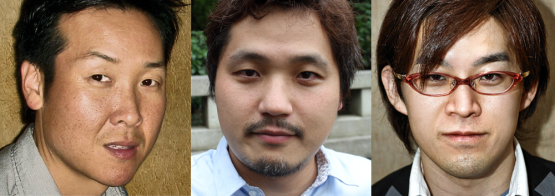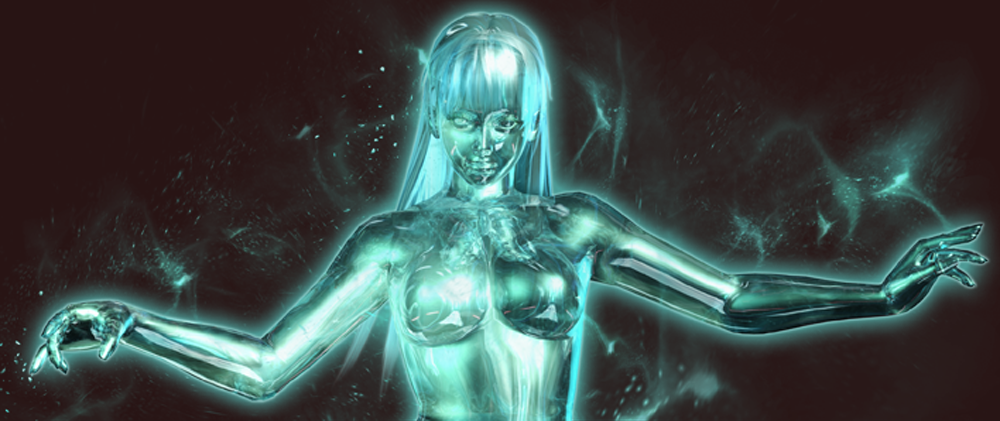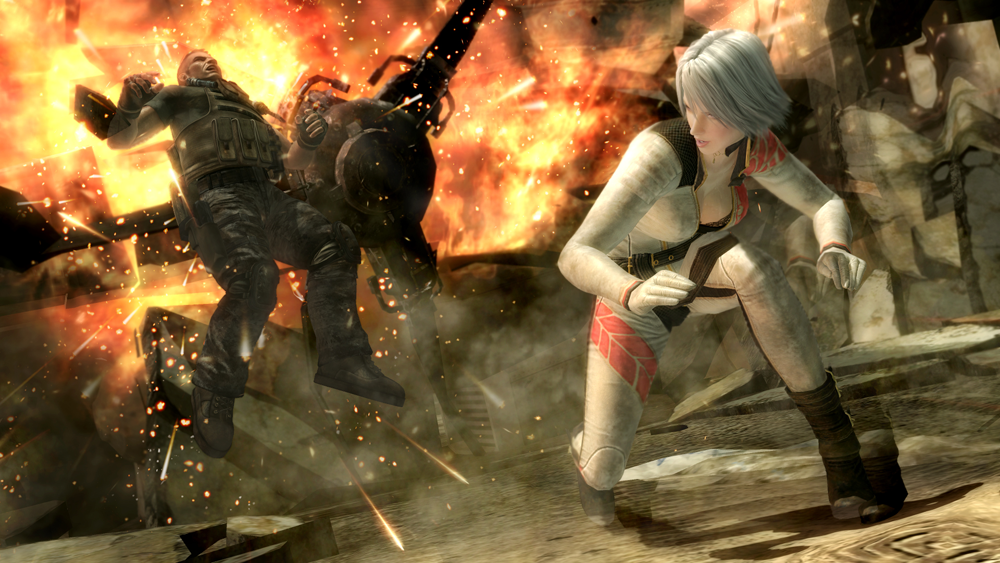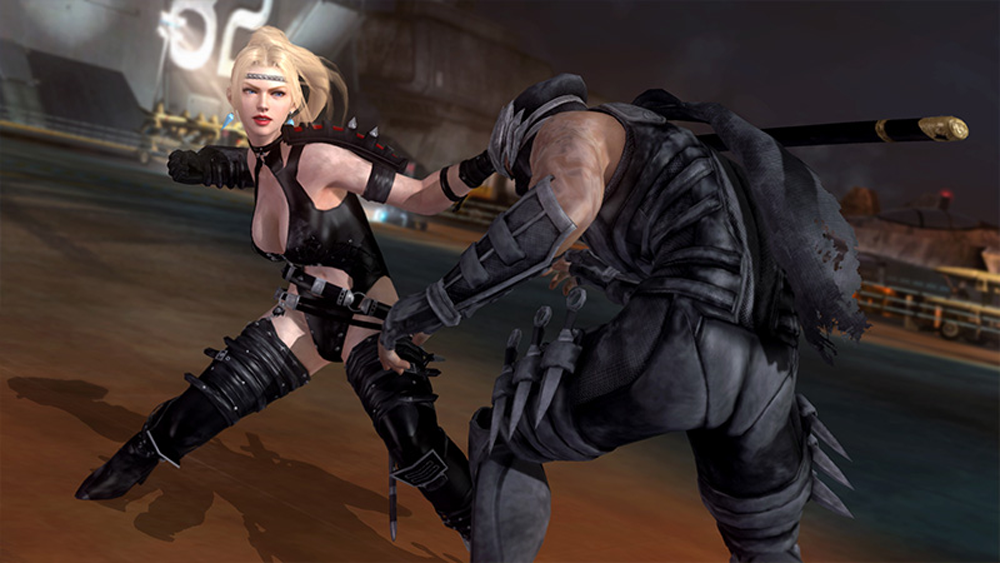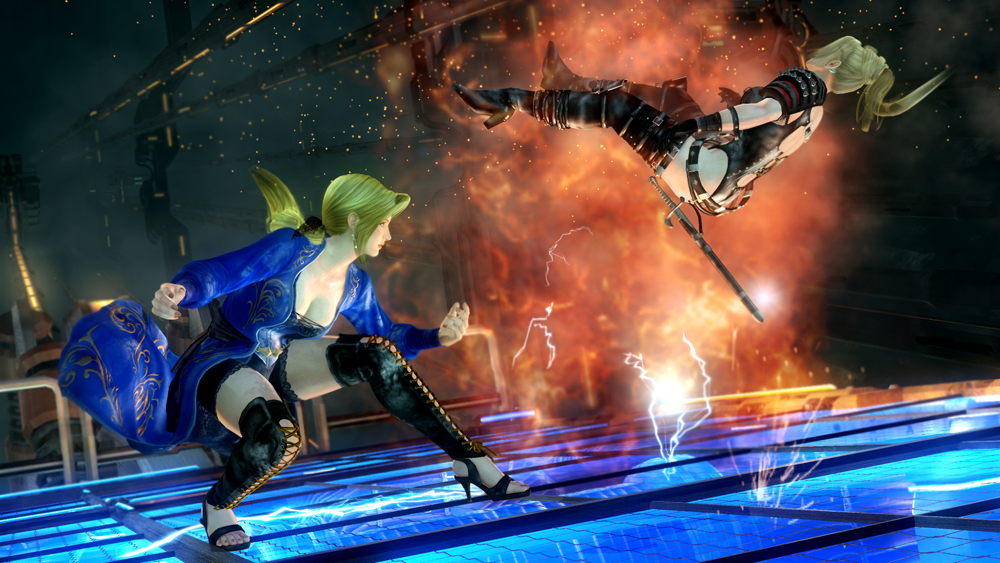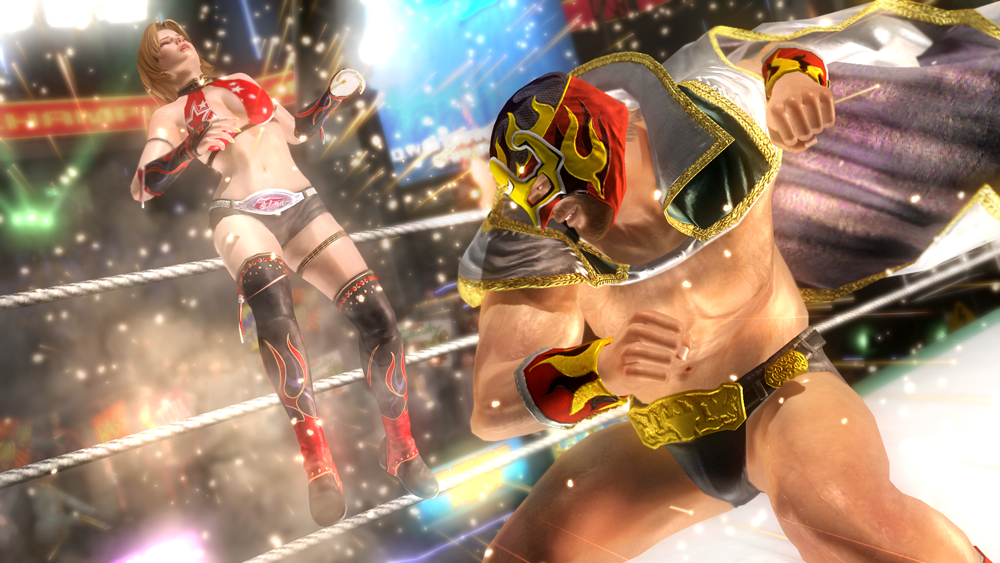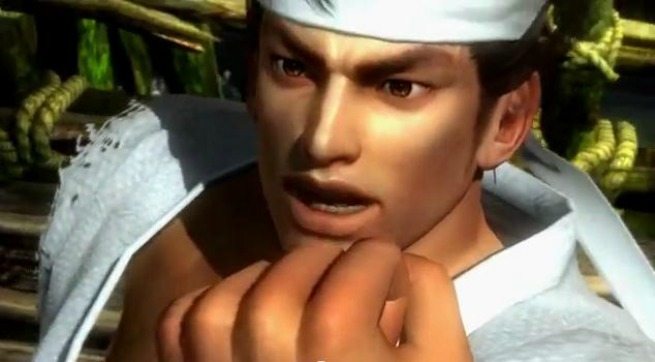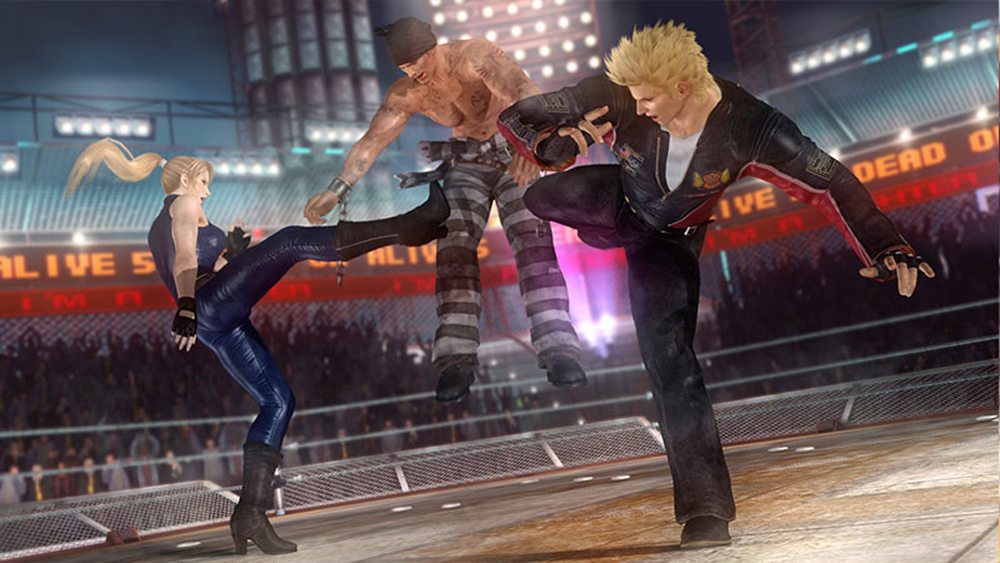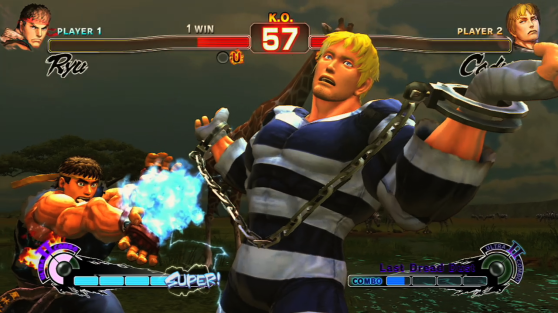A couple of weeks ago i was sitting in a secret location in Oakland for a private demo of Dead or Alive 5: Last Round. The big question yanking at my brain was how Team Ninja was going to find relevance for the series in an overcrowded, audience demanding genre? Especially when its core game, Dead or Alive 5, has had almost two years to try to establish itself.
In part one, I asked both Team Ninja and Dead or Alive 5 fans to reflect on that issue as I tossed routine questions at the development team. We covered what the studio is doing to gain ground in the competitive fighting game scene, their take on the sexuality culture clash, and what their intent with this update is.
Today, however, we open the hood to Last Round and dive in.
A fighting game lives and dies off of its character roster. You can have the most technically interesting fighting engine of all time, but if the matchups aren’t enjoyable, if the characters aren’t fun to use, if the roster is completely lopsided for very bad reasons, forget it — it won’t matter.
Balancing isn’t easy. At least, not as easy as all of the heated online flame wars about top-tier fighting game characters would have you believe. These rosters are hyper-sensitive ecosystems. You change one character’s move in a tiny way, and it can have large system wide repercussions.
We rejoin producer Yosuke Hayashi, director Yohei Shimbori, and creative director Tom Lee as our discussion turns toward their philosophy on handling this highly volatile design challenge.
GamesBeat: What about the Dead or Alive 5: Ultimate roster did Team Ninja feel needed to be addressed going into Dead or Alive 5: Last Round?
Yohei Shimbori: When we add new characters, we usually use the new characters’ unique qualities to make them as strong as the existing characters. Then we go back and balance the existing characters to make sure they can hold their own against these unique new characters. We also realize when we look back at player data that some things are not quite right, and we fix those. So the amount we change varies on what kind of change we’re making, but almost all characters need rebalancing.
We also tried introducing some new combat systems, but we felt that making the system more complex wouldn’t be good for casual players. The overall player numbers would shrink, rendering all the things we’ve tried to do so far meaningless. We have also shown that Dead or Alive can hold its own as a legitimate tournament fighter, and we didn’t want to do anything to put that at risk. We definitely have ideas for new systems, but for those reasons, we decided not to add them to Last Round.
GamesBeat: What characters, if any, have been especially problematic when it comes to balancing the Dead or Alive 5 roster? Why?
Shimbori: That’s easy: Alpha-152.
The impression of how strong that character is changes drastically based on the person playing. This is a very important point which is common to all fighting games, so this might get a little long. Bear with me here.
For both Dead or Alive 5: Ultimate and Dead or Alive 5: Last Round, unless a player is fighting against someone a lot better than they are, then the player will not lose just because of a character’s abilities. However, the player’s impression of whether a character is strong or weak will vary depending on how well developed the player’s strategies against that character are. This is something that can be said for all fighting games, not just Dead or Alive.
Now, for Alpha-152, what makes her unique is that she has the strongest attacks but the weakest defense, so how well she performs in a fight will vary dramatically based on how well developed an opponent’s strategy against Alpha-152 is. If the opponent has no strategy, then they will be easily overwhelmed with her critical combos which are easy to pull off and lead into any of 4 attacks: 3 critical burst moves or a throw with the most damage in the game.
However, Alpha-152 does not have normal wakeups and rising kicks, no normal holds, and because she is so light, she can get launched higher than other characters and thus potentially take more damage from juggles. All of that means she has the weakest defense of any character.
When playing against an opponent who has strategies for positioning, as well as dealing with her critical combo patterns and unusual wakeups, she will have a hard time winning. You see that in play when watching the well-developed tournament fights now compared to fights from the past. Extremely unique characters might not be so strong once people figure out strategies against them, so you need to make sure you don’t make them too weak initially.
This is why balancing is hard.
GamesBeat: From your experience, how much feedback from the player base, especially when it comes to complaints about overpowered characters, comes from a legitimate issue in the design vs. the player base not figuring out how to properly counter said character?
Shimbori: This is a really important question too. There is no simple answer, so this one will be long too.
Opinions on balance change based on the player’s own preferences and skill as well as the preferences and skill of the players they always fight against.
For example, say you’re the best Ayane player in your school, but you’re playing against someone’s Hayabusa that isn’t very good. Then you go online and fight against a really good Hayabusa player. Only then will you start to think, “Hey, Hayabusa might actually be a strong character.”
And even if you beat that Hayabusa, maybe an even stronger Rachel shows up. So when you first started, you might have felt that Ayane was the strongest character, but as you faced tougher opponents, you started to think other characters were stronger.
Different people will absolutely have different impressions of game balance. The impression also changes based on things like animation, how a fight flows and how a particular opponent fights, so talking about balance is way more than knowing all the numbers and data. With Dead or Alive, where you can use holds to stop opponents’ strikes, it’s not enough just to know your character. You have to know the character that you’re fighting against. Watch replays of Dead or Alive 5 tournament matches. The winner isn’t the strongest character. It’s the player with the strongest knowledge and best decisions.
That’s the standpoint from which I have been studying players from around the world. There are tons of different opinions and data from players all over the world, and when you bring all of that together, you see that a lot of the opinions don’t work with each other.
Some players might think Helena is weak because she has slow startups, while others say she is too strong and can’t be beaten even after studying her moves for a long time. I also look at what people think about other fighting games, and I can say that this kind of difference of opinion happens with every fighting game out there.
I look at players mainly from North America and Japan — where tournaments are popular and I can read their comments — and pick up opinions from the entire range of players: from casual players who only pick up the game once in a while to regular tournament fighters.
I don’t listen to just the loudest voices. I try to carefully examine all the opinions from different angles.
Just incorporating the opinions of one group will do nothing more than satisfy that one particular group. That’s not the way to make a game that everyone will enjoy. That is why I try to focus balancing on creating a fighting experience that a lot of people can enjoy for a long time, even if that means getting a few complaints here and there. The fact that we slowly incorporate bits of any particular community’s feedback rather than putting in 100 percent of its comments is because I am studying all these different play styles and carefully selecting the kinds of adjustments to make.
Of course, since I’m not incorporating 100 percent of that feedback, there will be some disappointment in what we don’t use. But that’s only natural. If you move something, then something else happens. There will be a bigger difference in player skill when Dead or Alive: Last Round comes out compared to when Dead or Alive 5: Ultimate launched, so that’s why I am being more careful than ever when balancing the game.
GamesBeat: Let me throw a hypothetical, but common, scenario at you. You’ve spent months tweaking the roster of a fighting game, release it to the world, and notice that a group of characters that you didn’t intend to dominate has become too powerful. Which general philosophy is best to stick to when tweaking the roster for the next update? Nerf overpowered characters so they fall back in line with the rest of the cast, or buff the rest of the cast whenever possible to “catch up” to the top-tier characters?
Shimbori: There are instances where one is stronger or weaker than I thought. The team here gathers as much information as they can, and we’re always amazed at how quickly players find things. The flip side is that some things go unnoticed for a long time, and a character that was considered weak suddenly becomes strong. For example, top players have recently rethought Zack’s strengths, which had been in there all along but just seemed hidden. That’s something I’m really happy about.
I actually lean toward incorporating others’ opinions, but there are certain aspects that I won’t change, that I feel strongly about. The single most important thing for me in Dead or Alive is to respect each character’s uniqueness. So I hate it when there’s a rule that everyone has to be the same.
I understand why people want to make things fair. I play fighting games too, and I yell at the screen when I play other companies’ games.
But Dead or Alive is about pitting different fighting styles against each other. It would be wrong for a professional wrestler to fight just like a ninja, just as it would be wrong to make it so a pro wrestler could never win against a ninja. You want a quick ninja facing off against the powerful grappling of a wrestler! That’s what it means to have different styles fighting each other!
I give priority to giving people the experience of different styles over really minute balancing details, and then balance the game to make sure that priority does not give way to combinations of elements that make the game unwinnable.
So in Dead or Alive 5: Last Round, our signature grappler Bass will have stronger throws. That is how I incorporate feedback from players around the world and rethink what makes each character unique.
GamesBeat: One of the cool features Dead or Alive 5 introduced to the franchise was an appearance by Virtua Fighter characters. How hands on were the AM2 staff with Dead or Alive 5?
Shimbori: We had the Virtua Fighter developers from Sega check everything: the look and animation of the characters, how the control inputs felt, minute details of the behavior after a hit, etc. We had them check everything we put in the game, and they could tell instantly things like the sound of a strike swing being off.
Here’s an interesting story I haven’t shared with anyone yet. In their reviews, the Sega person in charge of checking would practice all the combos. He would ask us to fix combos that connected in Virtua Fighter but weren’t connecting in Dead or Alive, and it also looked like he was having a lot of fun pulling off combos that only connected in Dead or Alive.
We had a rule from Dead or Alive 4 which forced a juggle to end if the player input the same command twice in a row, but we wound up changing that rule. Virtua Fighter characters use P, P, P… as a base for combos.
We weren’t talking about just two of the same command; we’re talking 4 in a row. So thinking about giving players more freedom in their combos, we decided to revert our rule to what had been in use through Dead or Alive 3: the same command doesn’t necessarily end the juggle. It’s simpler to juggle by using the same command rather than figuring out how to string together different moves, so novice players will find it easier to juggle their opponents.
GamesBeat: Although Yu Suzuki isn’t officially with AM2 anymore, Virtua Fighter is definitely one of his babies. Did he have any input on the Dead or Alive 5 project?
Yosuke Hayashi: He told me when we did an interview together that “We pursued the path of fighting simulation for Virtua Fighter. The starting point for Dead or Alive might be the same, but in the course of the series has shifted towards entertainment. I like it.”
That reaffirmed our conviction that we were taking Dead or Alive 5 in the right direction.
GamesBeat: Were there any challenges transitioning the Virtua Fighter characters to the Dead or Alive 5 system?
Shimbori: There were a few. One challenge was dealing with things that Virtua Fighter has but Dead or Alive doesn’t, like evasion, spin attacks, and special low attacks. Other points are moves that are not in Virtua Fighter but which play an essential role in combat in Dead or Alive 5, such as holds and low throws. I wound up thinking up moves for aspects that were missing.
We also implemented small changes when a strike hits. This is really detailed, but for example, ↓P can be blocked with a standing guard in Virtua Fighter 5, but not in Dead or Alive 5, so the move is stronger in Dead or Alive.
Then you have things like the little differences in the concept of frame advantage. It shouldn’t be that Virtua Fighter characters can guard against some moves but Dead or Alive characters can’t, so we balanced them as guest characters appearing in Dead or Alive 5.
There were certainly challenges along the way, but it seems that people are enjoying the Virtua Fighter characters since you see Virtua Fighter characters being used in Dead or Alive tournaments. That makes me happy. I think Dead or Alive and Virtua Fighter go well together, and it’s an honor to have made it happen.
GamesBeat: Fighting games seem to be in an era where extreme “comeback” mechanics have become obligatory. Meter-based moves that build as a player does well is one thing, but we’re increasingly seeing supermoves that reward bad play.
Street Fighter IV’s “Ultra” system is an obvious example, where if a player takes enough damage, they wind up with a big powerful move. Dead or Alive 5 seems to have its own with the “Power Blow,” which gives players a high damage move if they lose 50 percent of their health. Why are fighting game designers adding these mechanics?
Shimbori: That’s an interesting question. This is the first time anyone has asked that.
So why has everyone come to similar conclusions … I don’t know what other designers think, but for me, I think it is because I try to design games that go along with human instinct.
For example, say you were just walking and someone came along in the other direction and ran into your shoulder. Wouldn’t you get mad and want to do the same think to him? I would. I think a lot of people who make fighting games have that kind of personality. At first, it was probably a pretty simple thought, something like, “People would feel a lot better if there were a simple ‘revenge button’. And make it look cool too.”
However, just making a move that is invulnerable, does a lot of damage, looks cool, and can only be used once is very simple game design. It wouldn’t be exciting, and players would get mad at the system itself if an enemy did that move to them.
Not only that, but an invulnerable move that is too easy to pull off will cause people to hold back their own attacks, forcing them when it’s time to finish their opponent to stop and watch what the opponent does. Power Blows exist in their current form because I felt it would be wrong to frustrate the winning player. That goes against what our priorities should be.
Just in case you missed it, be sure to check out part one of this interview, where we discuss Team Ninja’s intent with Dead or Alive 5: Last Round, their viewpoint on the sexuality debate, and potential future projects.
VentureBeat's mission is to be a digital town square for technical decision-makers to gain knowledge about transformative enterprise technology and transact. Learn More

